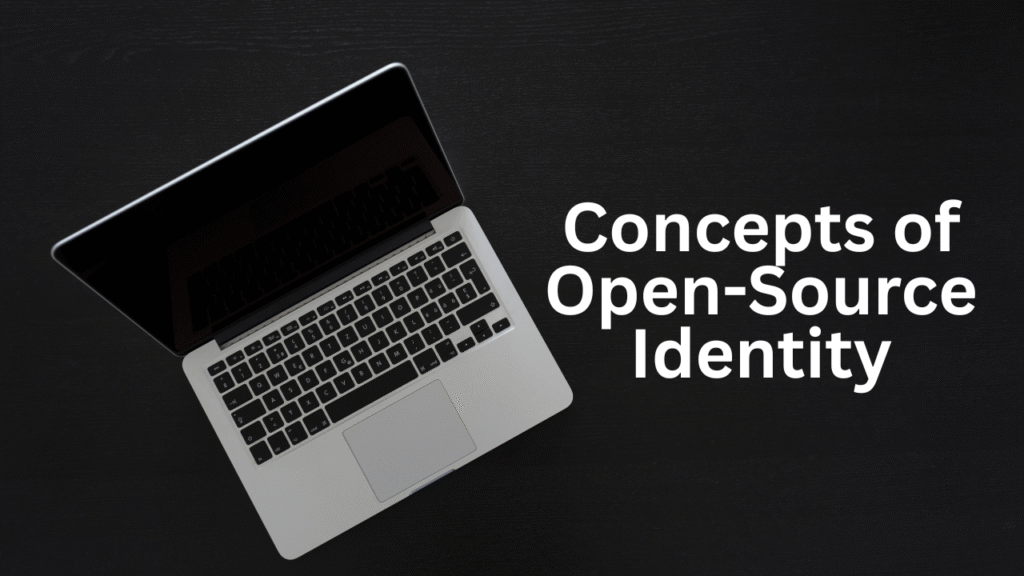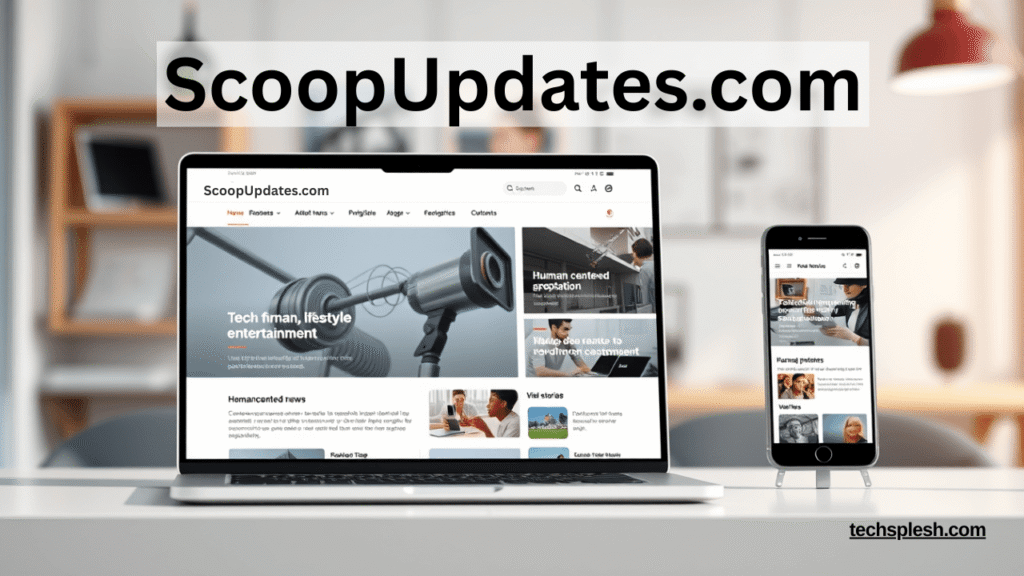In today’s digital world, managing who can access what in your applications is super important. Open-source identity and access management (IAM) tools make this task easier, more flexible, and budget-friendly. One popular tool is Keycloak, which helps manage user logins and permissions.
What is Keycloak?
Keycloak is an open-source IAM tool that offers Single Sign-On (SSO), allowing users to log in once and access multiple applications. It supports protocols like OAuth2, OpenID Connect, and SAML 2.0, making it easy to integrate with various systems and boost security.
Key Features of Keycloak
Single Sign-On (SSO)
With Keycloak, users can log in once and access several apps without logging in again. This feature uses secure protocols to ensure seamless and safe SSO functionality.
Identity Brokering and Social Login
Keycloak lets users log in using accounts from third-party services like Google, Facebook, or GitHub. This makes the login process quicker and more user-friendly.
User Federation
Keycloak can connect with existing user directories like LDAP or Active Directory. This means you can manage users and roles from one central place, reducing admin work.
Fine-Grained Authorization
Keycloak allows you to set detailed access rules based on user roles, resource types, and other factors. This ensures that users only access the resources they are allowed to.
https://youtube.com/watch?v=paZj2NINLng%3Ffeature%3Doembed
Core Concepts of Keycloak
Realms
A realm is a space in Keycloak where all user info and settings are stored. Each realm is isolated, so multiple realms can exist in one Keycloak instance without affecting each other. Each realm manages its users, roles, and groups.
Clients
Clients are apps or services that use Keycloak for user authentication. They can use different protocols like OAuth2, OpenID Connect, or SAML.
Users
Users are the people who need to log in to access the clients. They are stored in realms and can have attributes like usernames, emails, and roles. Keycloak lets you easily manage user details and permissions.
Roles
Roles define what users can do in an app. They can be set globally or for specific clients. Assigning roles to users helps control what parts of an app they can access.
Groups
Groups are collections of users with shared roles and attributes. Groups make it easier to manage users by applying roles to many users at once. Users can belong to multiple groups for flexible role assignments.
Protocols
Keycloak supports several standard protocols for authentication and authorization, including:
- OAuth2: Allows third-party apps to access limited parts of a service.
- OpenID Connect: Adds an identity layer to OAuth2 to verify users.
- SAML 2.0: Standard for sharing authentication and authorization data between an identity provider and a service provider.
How to Implement Keycloak
Installation and Setup
Keycloak can be installed on Windows, Linux, and macOS. The process involves downloading Keycloak, setting up the server, and starting the service. Keycloak also has Docker images for easy deployment in containerized environments.
Configuring a Realm
After installation, create a realm. Set the realm name and configure settings like themes, login options, and identity providers. Then, add users, roles, and clients to the realm.
Integrating Clients
Register clients in the Keycloak admin console and configure their settings. Keycloak provides adapters for platforms like Java, Node.js, and Spring Boot to simplify integration.
Managing Users and Roles
Add and manage users through the Keycloak admin console. Set user attributes, configure credentials, and assign roles. Keycloak’s user management features give you detailed control over user access and permissions.
Keycloak Cost
As an open-source solution, Keycloak itself is free to use. This can significantly reduce costs compared to commercial IAM products. There are other costs include after creating plugin for Keycloak. Here are all the Keycloak costs in detail you can review. However, there are other factors to consider:
- Hosting: If you host Keycloak on your own servers or use cloud services, you will need to account for infrastructure costs.
- Maintenance: Regular updates, security patches, and general maintenance require time and possibly additional personnel.
- Support: While community support is available for free, you might want to consider paid support services from Red Hat, which provides enterprise-level assistance and SLA guarantees.
Conclusion
Keycloak is a powerful tool for managing user logins and permissions in your applications. Its features like SSO, identity brokering, user federation, and fine-grained authorization make it ideal for modern apps. By understanding and using Keycloak’s core concepts, you can improve security, simplify user management, and enhance user experience.



